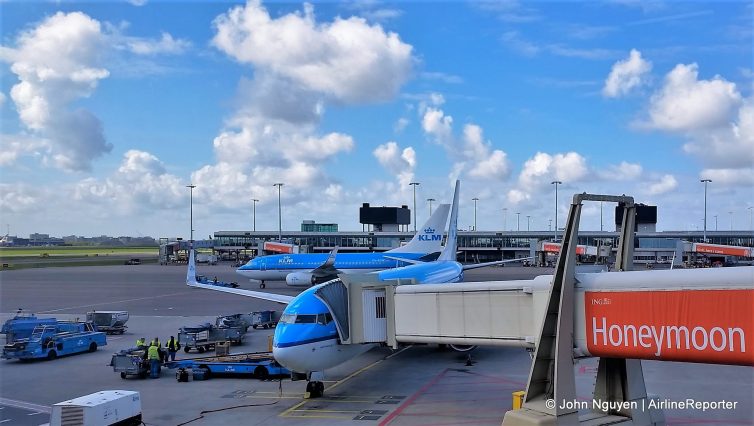
KLM 737-900 (PH-BXT) at Amsterdam Airport Schiphol, ready to take us to Prague, with a 737-700 (PH-BGW) taxiing behind
Koninklijke Luchtvaart Maatschappij is not exactly a household name in most of the world, but its initials “KLM” and sky blue branding and livery are easily recognizable. I had a quick visit to Amsterdam before moving on to Prague this past spring, so flying on the national carrier of The Netherlands out of its homebase was the most obvious choice.
As I’ve pointed out numerous times, the European concept of business class (some better service, but the same seat as in economy, just with the middle seat blocked) is never worth it on personal trips, especially for a short flight blocked for 90 minutes gate-to-gate. Addtionally, flying KLM (being a member of SkyTeam) meant flying outside my alliance, so no priority anything nor lounge access.
What could possibly go wrong?!
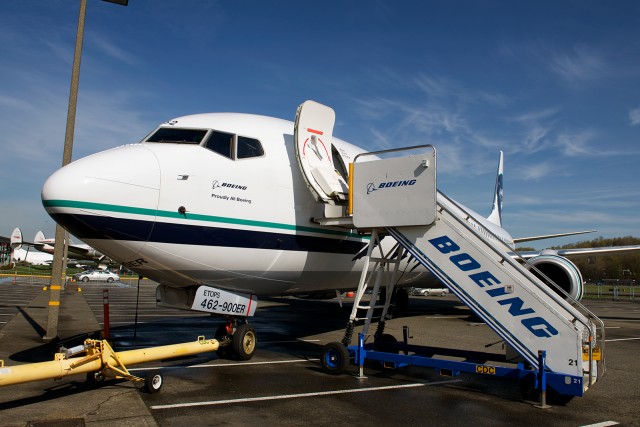
It’s not every day that you see any sort of 737 in the Museum of Flight parking lot – Photo: Bernie Leighton | AirlineReporter
Over the past few years, Alaska Airlines has been making gradual enhancements to its overall product. New seats from Recaro, in-seat power, Wi-Fi from Gogo, Starbucks coffee, and tablet-based in-flight entertainment (IFE). These improvements have all come together to create a product Alaska is calling Alaska Beyond. The most noticeable addition to their product is improving upon their dining options.
To complete the Alaska Beyond project (the last few aircraft will be reconfigured by the end of April), Alaska decided to have a party. Now, that’d be great on its own, but they made it even more impressive by taking a 737-990ER (N462AS, if you wondered) out of service for a day, and gave a two-hour demonstration of the product in flight. Who was to attend? Well, media, stakeholders in the Alaska Beyond product (including Tom Douglas, three-time James Beard award-winning chef), and Alaska’s 0.01% top-tier frequent flyers.
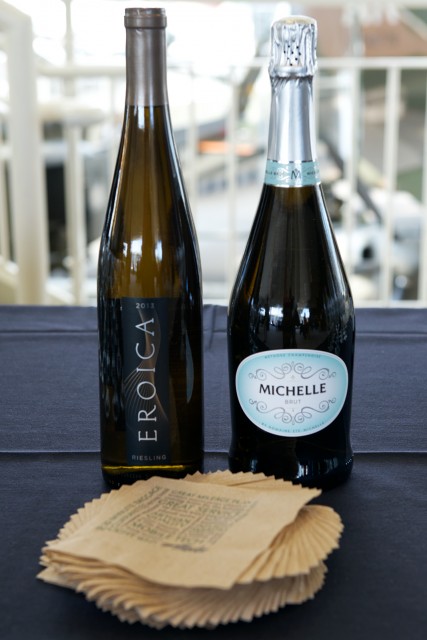
Seattle-area winery Chateau Ste. Michelle has formed a new partnership with Alaska Airlines – Photo: Bernie Leighton | AirlineReporter
Inside the Museum of Flight at Boeing Field, Alaska got the party started with wine from their newest partner, Chateau Ste. Michelle, along with Beecher’s cheese.
After enjoying the ground party, we were ready to head into the sky. We began to head back to the parking lot (yes, the parking lot) to embark on our flight.
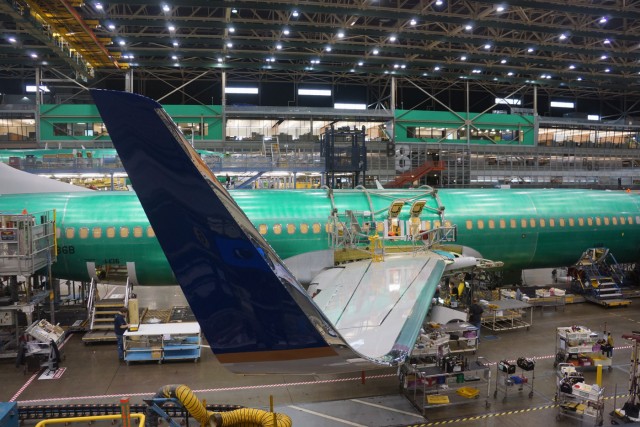
COPA Boeing 737 in the Renton Factory. Image by Chris Sloan.
This story was written by Chris Sloan and originally was published on Airchive.com. This is the next of a multi-part series talking about the Boeing 737 factory in Renton. Read the first part: A Historical Look at Boeing’s 737 Factory in Renton and second part: Inside Boeing’s 737 Renton Factory and the Successful Next Gen.
The Boeing 737 Goes Into ’œMAX’ Overdrive
The Boeing 737 NextGen order book continued to bulge, growing virtually unabated even through the deep worldwide economic slowdown / crisis of 2008-12. Ironically, this era of financial strife and sharply escalating fuel costs, as well as the growth of emerging markets, helped 737 and A320 sales go from strength to strength. Boeing however didn’t stand on it its laurels or did it?
Boeing claims with the introduction of its latest performance improvement package ’œPIP’, today’s NGs are 6-7 more efficient then when they were first introduced in the late 1990s. Boeing’s Tinseth points out that ’œThe (737) program has taken off with record sales. It’s simple. We make it better every time. We were first in its class with ETOPS 180, glass cockpits, Sky Interiors, and high bypass engines. We lower the operating costs through such new technologies as blended winglets, heads up display, carbon brakes, and more fuel-efficient engines. We enhance customer appeal with the new Sky Interior. This is an airplane that appeals to the heart of the market: emerging and developing economies and it is very successful with the LCC business model’. These new LCC airlines in emerging markets include Lion Air, Air Asia, and Gol! An unintended benefit of the weak economy, particularly in the U.S., is the poor financial results led to an elderly, fuel-in-efficient, maintenance intensive fleet which created an advantage and some say a bubble for airframe manufacturers, particularly in this sweet smart of the market. ’œThe significant driver in the US is the demand to replace older and less efficient aircraft’, said Tinseth.
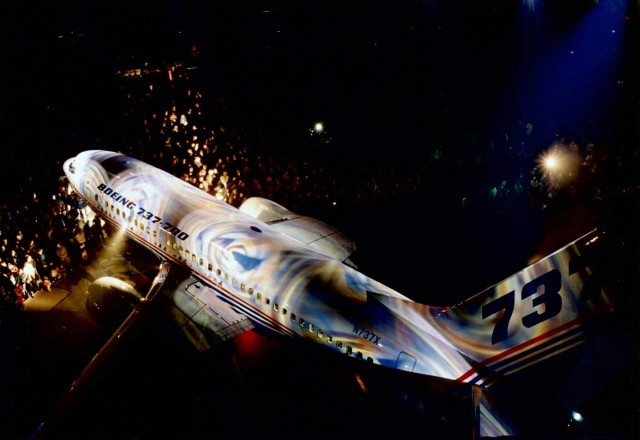
On December 2, 1996: The first 737NG, a 737-700, rolls out of the Renton factory to all splashy event. Image courtesy: Boeing
This story was written by Chris Sloan and originally was published on Airchive.com. This is the next of a multi-part series talking about the Boeing 737 factory in Renton. Read the first part: A Historical Look at Boeing’s 737 Factory in Renton.
Success Breeds Competition: The Airbus A320 ups the ante and Boeing is forced to answer
In 1988, the first serious competitor to the 737 monopoly, the Airbus A320 entered service. With even more advanced systems like fly-by-wire flight controls, new higher powered and fuel efficient engines, a wider cabin, the first major use of composite materials in a narrow body airliner, and somewhat larger capacity on a direct model comparison basis, the A320 family quickly became a force to be reckoned with. In addition, Airbus offered aggressive pricing and quicker delivery windows. Having only recently launched the 2nd generation 737s, Boeing didn’t respond to the European framer’s challenge for another 5 years.
In 1993, Boeing finally answered with the Boeing 737 Next Generation. First flying in 1997, it first entered service in 1998 as a 737-700 (comparable in size to the 737-300) for launch customer Southwest. While retaining commonality with the 2nd generation 737s, the NextGens included a redesigned wing, and eventually winglets, that increased total fuel capacity by 30% and range to over 3,000 miles. Quieter, more powerful and more fuel-efficient engines in the form of CFM56-7Bs came online as well.




